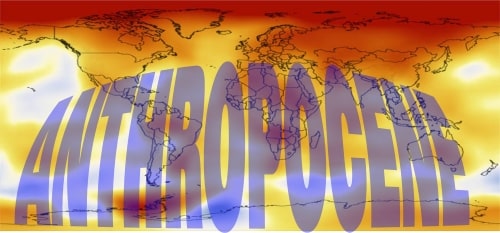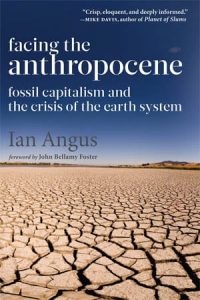
The Anthropocene Working Group has taken a major step towards identifying a “golden spike” location to be used in the formal definition of the Anthropocene. In public meetings held this week, during the Unearthing the Present conference in Berlin, the AWG introduced their Anthropocene short-list — 12 possible candidates for a unique reference location that clearly indicates the beginning of the new epoch.
Golden spikes — formally called Global Boundary Stratotype Section and Points — are reference points that mark the beginnings of new stages in planetary history. The location that is finally selected will become an important part of the final definition of the Anthropocene in the Geological Time Scale.
Jens Zinke, Mark Williams, Jan Zalasiewicz and Stephen Himson, all associated with the University of Leicester, presented the results of research at the 12 sites that are being considered.
- Beppu Bay (marine sediments), Kyushu Island, Japan
- Crawford Lake (lake muds), Ontario, Canada
- Ernesto Cave (cave deposits), Italy
- Flinders Reef (coral), Coral Sea, Australia
- Gotland Basin (marine sediments), Baltic Sea
- Palmer Ice Core (ice sheet), Antarctic Peninsula
- San Francisco Estuary (marine sediments), California, USA
- Searsville Reservoir (lake muds), California, USA
- Sihailongwan Lake (lake muds), Jilin province, China
- Śnieżka Bog (peat layers), Poland
- Vienna Museum Excavation (urban soil), Austria
- West Flower Garden Bank (coral), Gulf of Mexico
The studies were unveiled for the first time at the meeting in Berlin, beginning a focused discussion of which one offers the most precise and complete record of the global changes at the beginning of the Anthropocene. A key issue will be each site’s usefulness to future scientists who study the new epoch.
Results of the 12 studies will be published in a coming issue of The Anthropocene Review, and AWG members plan to vote on a golden spike location in October and November. The result will be then included in a submission to a future meeting of the International Geological Congress, probably in 2024.
While the Anthropocene is widely recognized as a new phase in our planet’s history, it has still to be formally incorporated into the Geological Time Scale. This announcement is an important step towards that goal.
Recommended: “Biological and Paleontological Signatures of the Anthropocene,” published this week in The Anthropocene Curriculum, is an informative summary of scientific issues involved in defining the Anthropocene.




